Whirlpool 25 cu. ft. French Door Refrigerator in Fingerprint Resistant Stainless Steel
Keep items in easy reach with the refrigerated exterior drawer. Get filtered water and ice with the exterior dispenser. This appliance exceeds government standards for energy.
Get the storage you need in this refrigerator with water dispenser. An exterior refrigerated drawer keeps frequently used items within easy reach. This refrigerator with refrigerated drawers also gives you access to filtered ice and water without ever opening the door. Tap Touch controls are also as easy to clean as they are to use.
-
ENERGY STAR certified models exceed government standards to help save money on your utility bills
- Exterior ice and water dispenser with EVERYDROP water filtration provides access to filtered water and ice without opening the refrigerator door. Replace your filter every 6 months to maximize the reduction of contaminants
- Keep frequently used items within easy reach with the additional refrigeration space from the refrigerated exterior drawer. Adjust temperature controls based on what you’d like to store, and use the adjustable dividers to make organization easy, too
- Convenient exterior tap touch temperature controls clean as easily as you use them
- Cool food quickly with technology that senses and adapts to create the ideal environment for food with the ACCU-CHILL temperature management system
- Simplify cleanup with spillproof glass shelves that help contain spills and prevent liquids from leaking below
- Humidity-Controlled Crispers let you store fruits and vegetables in their ideal environment
- Adjustable gallon-sized door bins move anywhere in the door for increased loading flexibility when and where you need it
- LED interior lighting keeps food looking as good as it tastes. Natural light is cast inside the refrigerator so food looks like it’s supposed to
- Easily organize frozen food with the 2 tier freezer design
- With measured fill, select the exact amount of filtered water you need. The dispenser will fill your container in ounces, cups or liters, and automatically shut off when it’s done
- Resist fingerprints and smudges with steel that easily wipes clean. Available in black stainless and stainless steel colors
- Large 17.8 cu. ft. fresh food capacity and 6.7 cu. ft. freezer capacity gives the flexible storage your family needs
- #1 Selling Appliance Brand in the U.S.A (Based on 12-month average of unit sales. Refrigeration, Cooking, Dishwashers and Laundry appliances. Traqline 2019)
Additional information
| Depth (Excluding Handles) | 32.13 |
|---|---|
| Depth (Including Handles) | 34.63 |
| Depth (Less Door) | 29 |
| Depth With Door Open 90 Degrees (In) | 48 |
| Height to Top of Door Hinge (in.) | 70.13 |
| Height to Top of Refrigerator (in.) | 68.63 |
| Product Depth x Height x Width (in.) | 34.63 x 70.13 35.63 |
| Refrigerator Width (In.) | 35.63 |
| Certifications and Listings | UL Listed |
| Manufacturer Warranty | 1 year limited warranty |
Twenty-Five or 25 may refer to:
- 25 (number), the natural number following 24 and preceding 26
- one of the years 25 BC, AD 25, 1925, 2025
A door is a hinged or otherwise movable barrier that allows ingress (entry) into and egress (exit) from an enclosure. The created opening in the wall is a doorway or portal. A door's essential and primary purpose is to provide security by controlling access to the doorway (portal). Conventionally, it is a panel that fits into the doorway of a building, room, or vehicle. Doors are generally made of a material suited to the door's task. They are commonly attached by hinges, but can move by other means, such as slides or counterbalancing.
The door may be able to move in various ways (at angles away from the doorway/portal, by sliding on a plane parallel to the frame, by folding in angles on a parallel plane, or by spinning along an axis at the center of the frame) to allow or prevent ingress or egress. In most cases, a door's interior matches its exterior side. But in other cases (e.g., a vehicle door) the two sides are radically different.
Many doors incorporate locking mechanisms to ensure that only some people can open them (such as with a key). Doors may have devices such as knockers or doorbells by which people outside announce their presence. (In some countries, such as Brazil, it is customary to clap from the sidewalk to announce one's presence.) Apart from providing access into and out of a space, doors may have the secondary functions of ensuring privacy by preventing unwanted attention from outsiders, of separating areas with different functions, of allowing light to pass into and out of a space, of controlling ventilation or air drafts so that interiors may be more effectively heated or cooled, of dampening noise, and of blocking the spread of fire.
Doors can have aesthetic, symbolic, ritualistic purposes. Receiving the key to a door can signify a change in status from outsider to insider. Doors and doorways frequently appear in literature and the arts with metaphorical or allegorical import as a portent of change.
A fingerprint is an impression left by the friction ridges of a human finger. The recovery of partial fingerprints from a crime scene is an important method of forensic science. Moisture and grease on a finger result in fingerprints on surfaces such as glass or metal. Deliberate impressions of entire fingerprints can be obtained by ink or other substances transferred from the peaks of friction ridges on the skin to a smooth surface such as paper. Fingerprint records normally contain impressions from the pad on the last joint of fingers and thumbs, though fingerprint cards also typically record portions of lower joint areas of the fingers.
Human fingerprints are detailed, nearly unique, difficult to alter, and durable over the life of an individual, making them suitable as long-term markers of human identity. They may be employed by police or other authorities to identify individuals who wish to conceal their identity, or to identify people who are incapacitated or deceased and thus unable to identify themselves, as in the aftermath of a natural disaster.
Their use as evidence has been challenged by academics, judges and the media. There are no uniform standards for point-counting methods, and academics have argued that the error rate in matching fingerprints has not been adequately studied and that fingerprint evidence has no secure statistical foundation. Research has been conducted into whether experts can objectively focus on feature information in fingerprints without being misled by extraneous information, such as context.
French may refer to:
- Something of, from, or related to France
- French language, which originated in France
- French people, a nation and ethnic group
- French cuisine, cooking traditions and practices
A refrigerator, colloquially fridge, is a commercial and home appliance consisting of a thermally insulated compartment and a heat pump (mechanical, electronic or chemical) that transfers heat from its inside to its external environment so that its inside is cooled to a temperature below the room temperature. Refrigeration is an essential food storage technique around the world. The low temperature lowers the reproduction rate of bacteria, so the refrigerator reduces the rate of spoilage. A refrigerator maintains a temperature a few degrees above the freezing point of water. The optimal temperature range for perishable food storage is 3 to 5 °C (37 to 41 °F). A similar device that maintains a temperature below the freezing point of water is called a freezer. The refrigerator replaced the icebox, which had been a common household appliance for almost a century and a half. The United States Food and Drug Administration recommends that the refrigerator be kept at or below 4 °C (40 °F) and that the freezer be regulated at −18 °C (0 °F).
The first cooling systems for food involved ice. Artificial refrigeration began in the mid-1750s, and developed in the early 1800s. In 1834, the first working vapor-compression refrigeration, using the same technology seen in air conditioners, system was built. The first commercial ice-making machine was invented in 1854. In 1913, refrigerators for home use were invented. In 1923 Frigidaire introduced the first self-contained unit. The introduction of Freon in the 1920s expanded the refrigerator market during the 1930s. Home freezers as separate compartments (larger than necessary just for ice cubes) were introduced in 1940. Frozen foods, previously a luxury item, became commonplace.
Freezer units are used in households as well as in industry and commerce. Commercial refrigerator and freezer units were in use for almost 40 years prior to the common home models. The freezer-over-refrigerator style had been the basic style since the 1940s, until modern, side-by-side refrigerators broke the trend. A vapor compression cycle is used in most household refrigerators, refrigerator–freezers and freezers. Newer refrigerators may include automatic defrosting, chilled water, and ice from a dispenser in the door.
Domestic refrigerators and freezers for food storage are made in a range of sizes. Among the smallest are Peltier-type refrigerators designed to chill beverages. A large domestic refrigerator stands as tall as a person and may be about one metre (3 ft 3 in) wide with a capacity of 0.6 m3 (21 cu ft). Refrigerators and freezers may be free-standing, or built into a kitchen. The refrigerator allows the modern household to keep food fresh for longer than before. Freezers allow people to buy perishable food in bulk and eat it at leisure, and make bulk purchases.
Stainless may refer to:
- Cleanliness, or the quality of being clean
- Stainless steel, a corrosion-resistant metal alloy
- Stainless Games, a British video game developer
- Stainless Broadcasting Company, a TV broadcaster based in Michigan, US
- Stainless Banner, the second national flag of the Confederate States of America
Steel is an alloy of iron and carbon with improved strength and fracture resistance compared to other forms of iron. Because of its high tensile strength and low cost, steel is one of the most commonly manufactured materials in the world. Steel is used in buildings, as concrete reinforcing rods, in bridges, infrastructure, tools, ships, trains, cars, bicycles, machines, electrical appliances, furniture, and weapons.
Iron is always the main element in steel, but many other elements may be present or added. Stainless steels, which are resistant to corrosion and oxidation, typically need an additional 11% chromium.
Iron is the base metal of steel. Depending on the temperature, it can take two crystalline forms (allotropic forms): body-centred cubic and face-centred cubic. The interaction of the allotropes of iron with the alloying elements, primarily carbon, gives steel and cast iron their range of unique properties. In pure iron, the crystal structure has relatively little resistance to the iron atoms slipping past one another, and so pure iron is quite ductile, or soft and easily formed. In steel, small amounts of carbon, other elements, and inclusions within the iron act as hardening agents that prevent the movement of dislocations.
The carbon in typical steel alloys may contribute up to 2.14% of its weight. Varying the amount of carbon and many other alloying elements, as well as controlling their chemical and physical makeup in the final steel (either as solute elements, or as precipitated phases), impedes the movement of the dislocations that make pure iron ductile, and thus controls and enhances its qualities. These qualities include the hardness, quenching behaviour, need for annealing, tempering behaviour, yield strength, and tensile strength of the resulting steel. The increase in steel's strength compared to pure iron is possible only by reducing iron's ductility.
Steel was produced in bloomery furnaces for thousands of years, but its large-scale, industrial use began only after more efficient production methods were devised in the 17th century, with the introduction of the blast furnace and production of crucible steel. This was followed by the Bessemer process in England in the mid-19th century, and then by the open-hearth furnace. With the invention of the Bessemer process, a new era of mass-produced steel began. Mild steel replaced wrought iron. The German states were the major steel producers in Europe in the 19th century. American steel production was centered in Pittsburgh, Bethlehem, Pennsylvania, and Cleveland until the late 20th century.
Further refinements in the process, such as basic oxygen steelmaking (BOS), largely replaced earlier methods by further lowering the cost of production and increasing the quality of the final product. Today more than 1.6 billion tons of steel is produced annually. Modern steel is generally identified by various grades defined by assorted standards organizations. The modern steel industry is one of the largest manufacturing industries in the world, but also one of the most energy and greenhouse gas emission intense industries, contributing 8% of global emissions. However, steel is also very reusable: it is one of the world's most-recycled materials, with a recycling rate of over 60% globally.
A whirlpool is a body of rotating water produced by opposing currents or a current running into an obstacle. Small whirlpools form when a bath or a sink is draining. More powerful ones formed in seas or oceans may be called maelstroms ( MAYL-strom, -strəm). Vortex is the proper term for a whirlpool that has a downdraft.
In narrow ocean straits with fast flowing water, whirlpools are often caused by tides. Many stories tell of ships being sucked into a maelstrom, although only smaller craft are actually in danger. Smaller whirlpools appear at river rapids and can be observed downstream of artificial structures such as weirs and dams. Large cataracts, such as Niagara Falls, produce strong whirlpools.

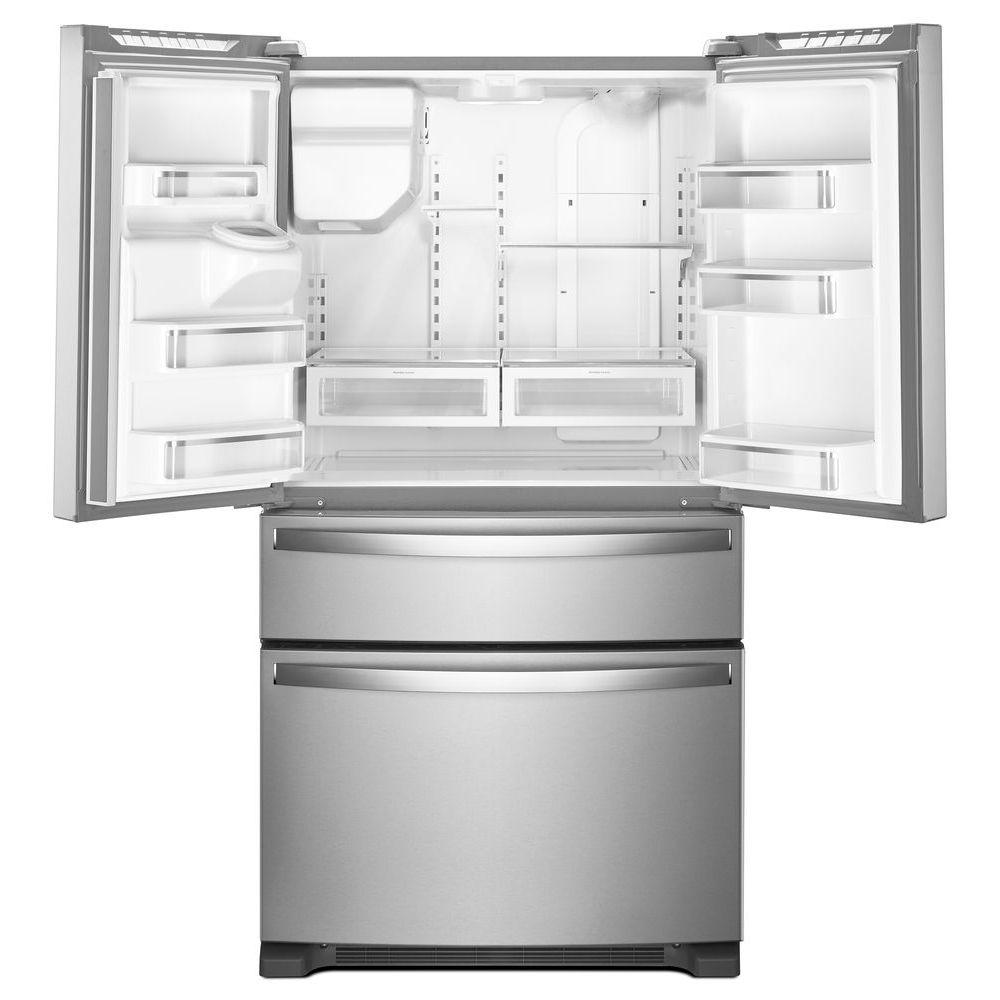
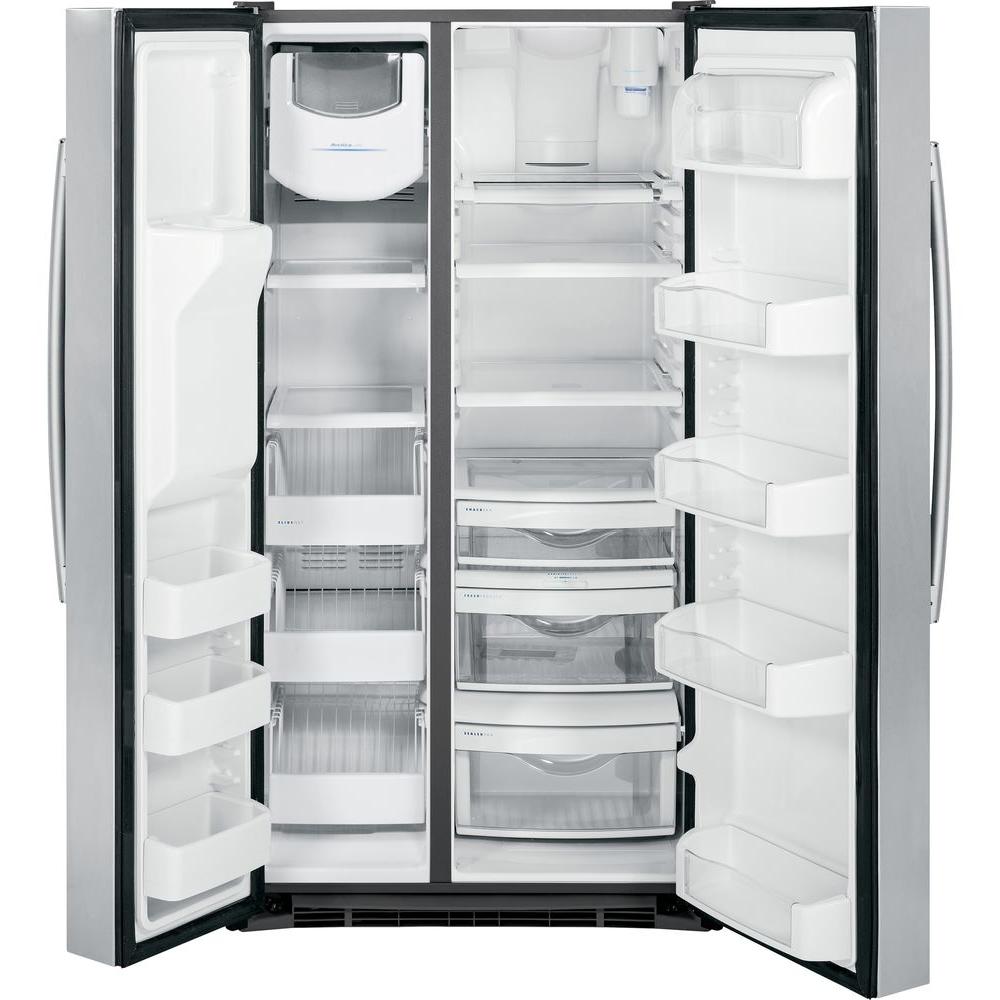
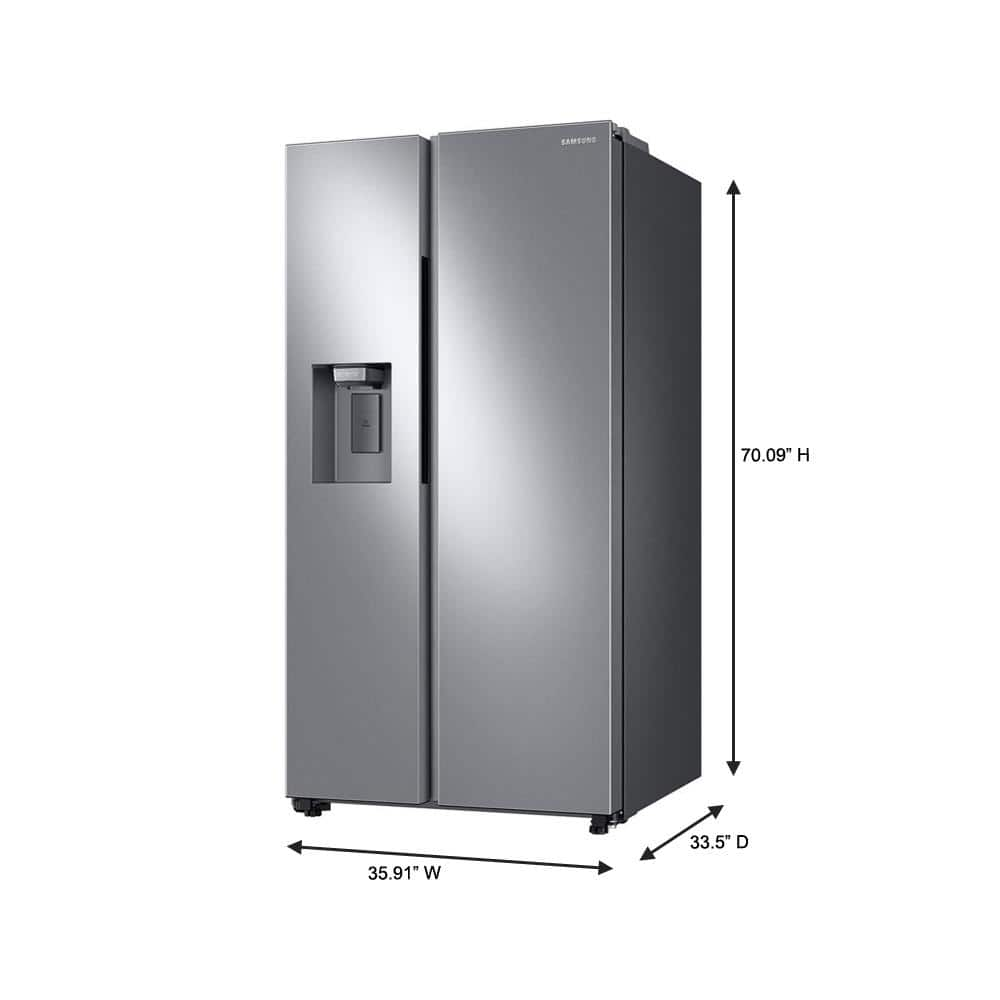
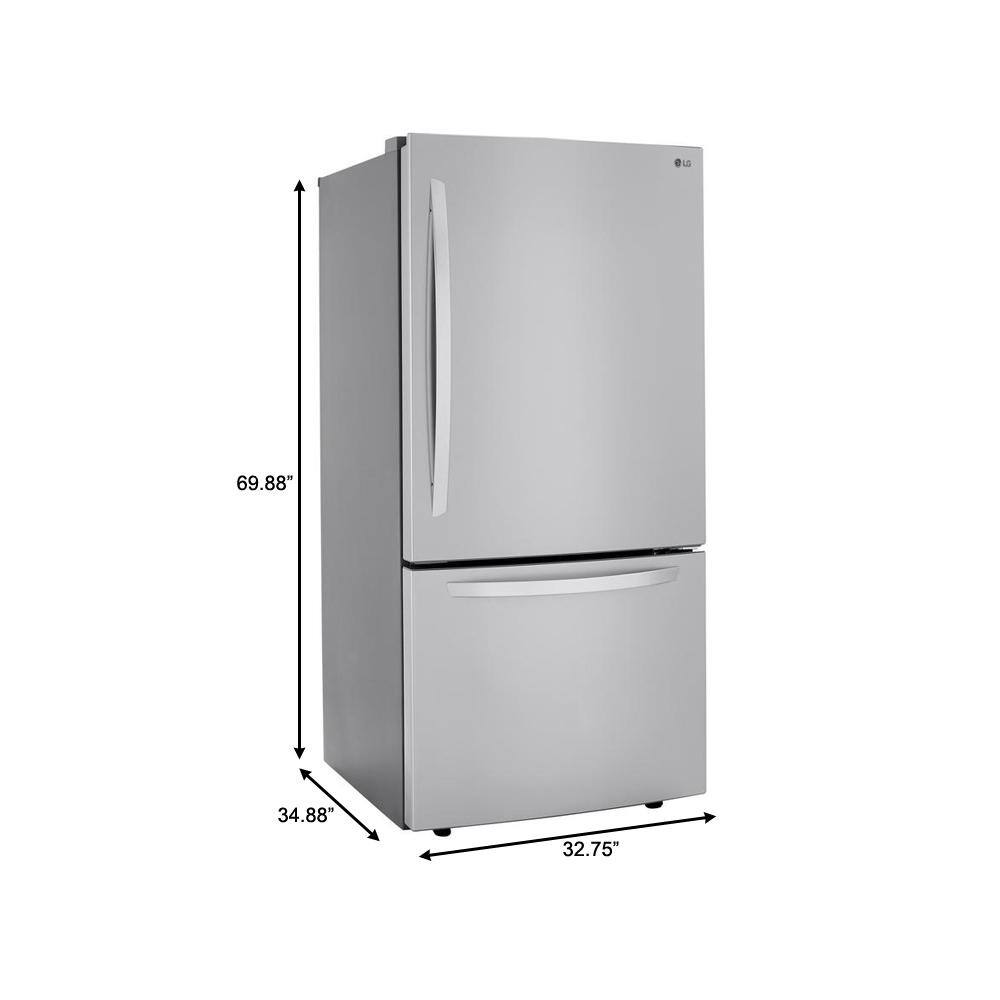
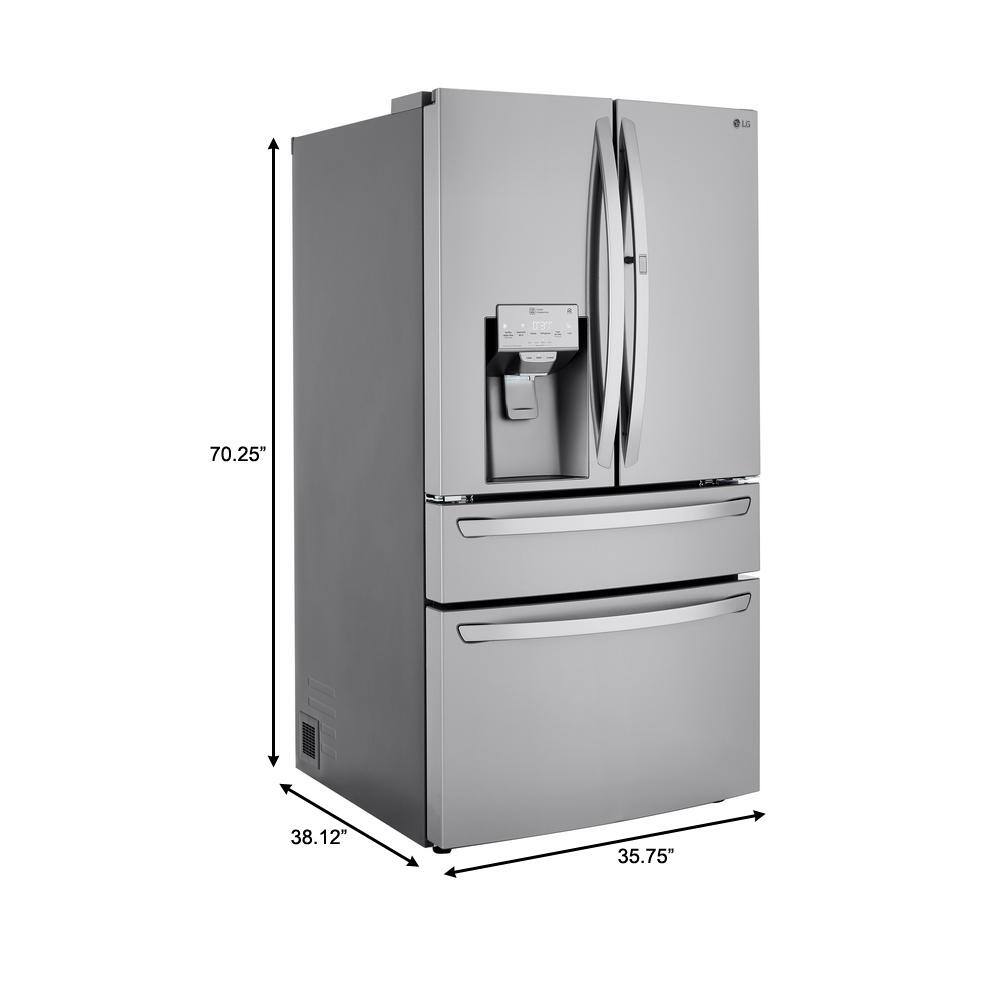
by Jesse
I bought this refrigerator after our side by side refrigerator stopped working. What a nice upgrade this is with it’s compartmentation. I can better organized my food inside. I call for a service call due to ice maker quit making ice for no apparent reason. The problem went away after I reset the ice tray back in its place. Overall I like this refrigerator.
by Fow
I bought it a month ago and I like it very much. It has a lot of space for freezer area, vegetables area and inside of the fridge is very roomy for my family.
by Chrissie
I shopped around, I read reviews, I compared style and looks and couldn’t be happier with what I look at every day in my kitchen. It is beautiful to look at….love the drawer feature, great place to keep fruit, veggies, salad items. Interior of refrigerator very adaptable to storage needs, shelves and drawers strong and movable to accommodate different sizes of containers, bottles etc. Other big pluses, the water dispenser does not drip down the front, and above all it is fingerprint-less.
by Steven
After 34 years, I have a new refrig and I love it! It modernizes my kitchen!
by Frankie
I bought this Fridge to replace a dead LG. The LG was 13 years old, looked at new LGs but none fit the needs, my household has of today. The Whirlpool was the best value, given our needs and wants. The best (new) feature to us is the pull out drawer. It’s well lighted, easy access, easy to organize the way we like, and is just the right height for our 5 yr old grandson to work himself….we keep his fav snacks in there. Next, the ice maker makes tons of ice compared to our last fridge. We use lots, but always have some avail. Ice/water avail on front door w/ backlit paddles make it easy to see/use at nite. Auto off (LEDs) is really cool. It’s techie stuff makes this fridge cool to use without being too complex. We like the modern LED lighting and the LED user controlled options panel on the front door. It’s good looking, quiet, and has very flexible shelving options. It’s a good buy for the engineering, looks, and functionality. WE LIKE IT!!
by Stella
Best refrigerator ever Use the middle drawer for grandkids drinks now they can get what they want they love it too.
by Jake
I bought this whirlpool two months ago. Fridge work great.
by Lesley
Very nice refrigerator but had a small dent at top of door that was protruding outward so must have happened during manufacturing.
by Loro
We all love our new whirlpool refrigerator! Especially love the separate refrigerator door. The automatic water fill feature we also love Too! It’s the star of the kitchen!